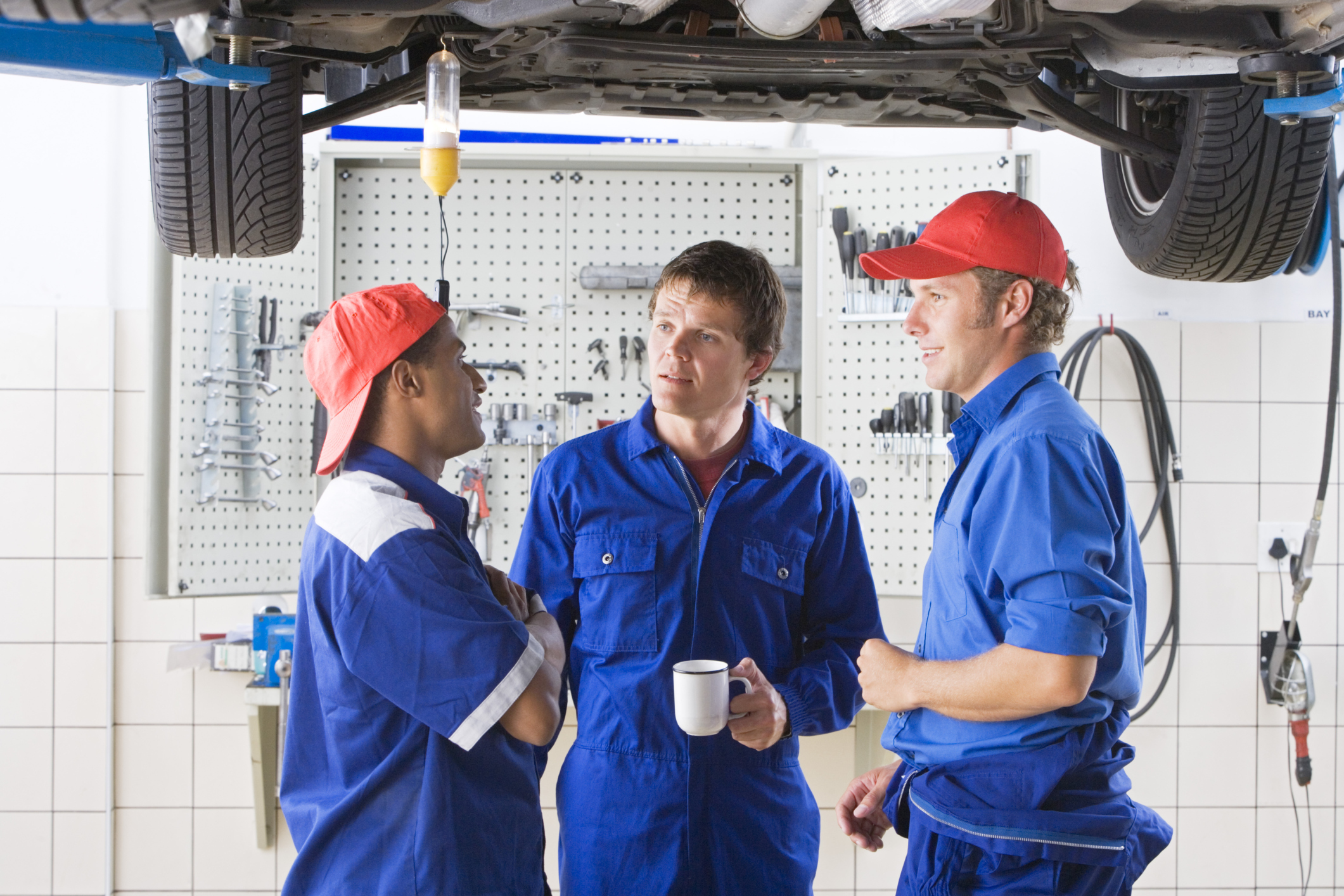Learning should never be confined in the four corners of the classroom. As long as people live, they will seek intelligence. As Aristotle said, “all men by nature desire knowledge.” After graduating, people depend on their work to satisfy their desire for knowledge. How they perform in their companies, have an effect on how much they boost their cognitive ability.
But how can their jobs be conducive to learning if their workroom does not promote better work performance? Ergonomics has a lot to say on this. Various studies show that cognitive performance is linked to environmental design and human factors.
Few renovations and improvements can help employees do better in their jobs and satisfy their desire for knowledge. To help you, here are a few ergonomic tips that ignite learning in a working environment:
Workroom Layout
During a busy day at the office, do you find yourself going from the printer, copy machine and back to your station and feel easily worn-out? You’ll never perform well if your workroom is not fit to human factors. Every important tools should be convenient to reach. Otherwise, it can limit people’s action and interrupt work flow. Tables and chairs should also fit the height of the user to avoid posture problems. Adequate space under the workstation is important to leave room for the feet to relax.
Room Design
Why do you think Google, one of the best companies to work for is very appealing among job seekers? It’s because everyone loves to work in a working environment that promotes fun, creativity and learning. Just imagine working in office like of Google. For sure, you will feel inspired to go to work every day.
But not all are as rich as Google. To get the same effect, apply visual ergonomics in your workroom. A well designed room helps promote learning and better performance. According to the color of psychology, green represents energy, power and rejuvenation. It is known to help people avoid eye-strain because of its soothing effect. Paint this color on your walls, or add green accents, like fresh plants to get your employees inspired to work.
Lighting
Productivity is related to light condition. Wrong light system can cause eye-strain and eventually, physical exhaustion. Monitor glare is the major roots of eye fatigue so light source should be ceiling suspended and does not directly hit the work station. To control light from an outside source, use a window blind or shade. No matter how visually pleasing the lights in your office are, if it is too dark or light that you squint to properly see what you are working at, it won’t do much in boosting productivity.
Eye-to-screen Distance
Your computer monitor emits light. This also causes eye-strain. Ergonomics tells you to keep a safe distance from your monitor when working in front of the computer for long hours. How far is far? Well it is hard to tell, but experts suggest that users have to avoid getting closer than the resting point of vergence (RPV). This is the point when the eyesight projected in both retinas are almost the same. It is the safe zone to avoid double images and eye fatigue. Farther is better! but make sure that you are comfortable reading the texts. In the end, it is in your judgment to tell, which distance fits your work condition. You have to consider the screen and font size.
Task Design
Cognitive growth in workplace is associated to the amount of task that people do, and amount of resting period they get. That is why tasks should be properly designed to fit the human condition. If there are too much workload, employees should get ample break to regain energy. Managers are responsible in keeping the productivity of their workers by knowing their capabilities and limitations. Enough social interaction is also healthy, to perform better at work.
Why do you think employees often use “lack of growth” in their resignation letters? That is because they don’t feel growing in terms of experience, performance and knowledge. Work performance is linked to employee’s cognitive development. To make employees learn new things, you have to promote productivity in a workroom.
Although ergonomics is not the sole reason for human intellectual growth, the tips above can help promote learning in a working environment.
Author’s Bio
Ethan Harvell is a blogger and writer for a corporate magazine. He has also contributed articles for different newsletters in various websites. He gets most of his writing experience from bestessays, a writing company, where he is currently employed.

